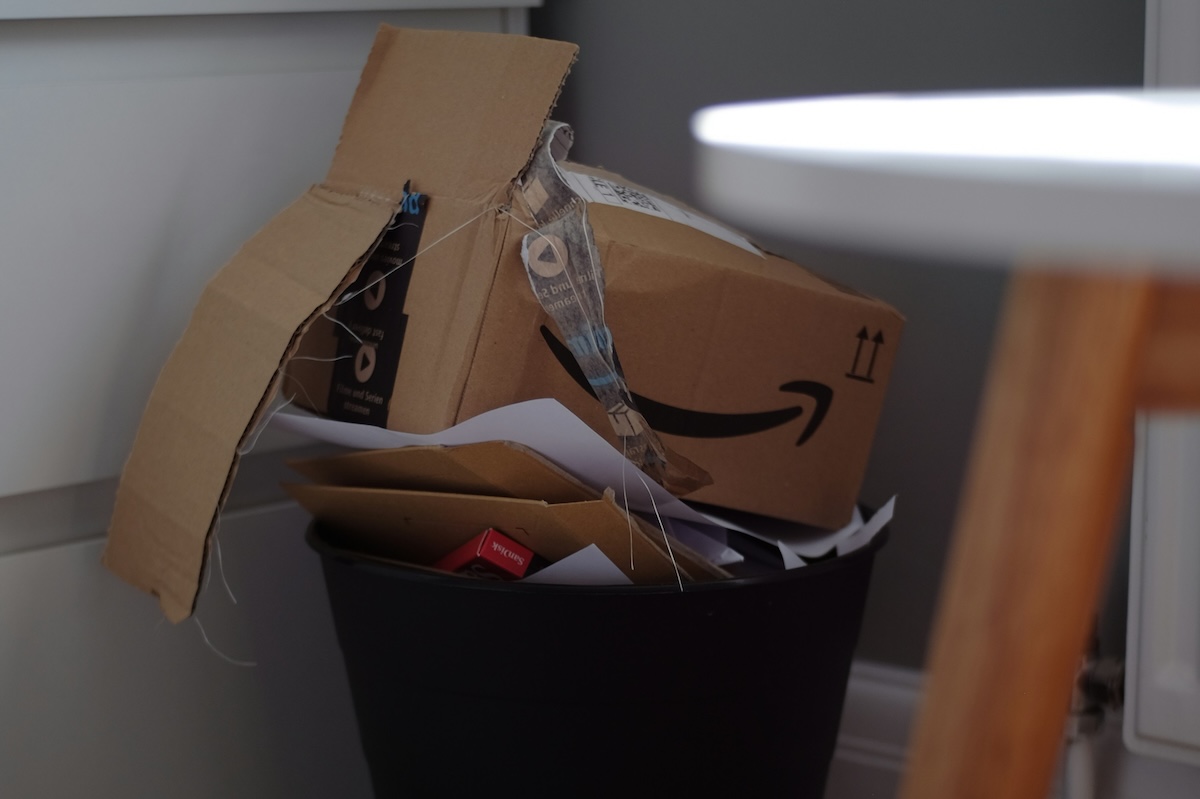

Layoffs are nothing new. Especially for a company the size and scale of Amazon. But last week's cull of 30,000 folks from its business has been a little too large to squeak by without a bit of extra scrutiny. The overriding narrative says that it's AI finally coming for the jobs of workers. But that's not what the CEO says. Nor is it what industry watchers believe.
Amazon announced deep cuts last week to the tune of 30,000 people worldwide. It was swift, and often for those affected, brutal.
Naturally, the market loved the news. Amazon stock is up almost 7.5% in the last week alone on the news. Lower overheads in the form of staff typically translates into more free-flowing capital for shareholders.
When I reported on it early last week, the narrative was all about the robots:
Perhaps the most far-reaching reason behind the cuts is the rise of artificial intelligence and automation. Amazon has invested billions in machine learning, robotics and AI-driven logistics, with direct impacts on everything from customer service to supply chain optimisation. In practical terms, this means fewer people required to do the same work
The tech world has long promised that AI would “free up” workers for higher-value tasks. But at this scale, the short-term reality is blunt: thousands may be made redundant as algorithms and robots step in.
But that's not the real story according to the CEO.
Speaking to CNBC, Jassy said the layoffs were not about cutting costs or replacing workers with AI, but about reshaping how the company operates after years of rapid expansion. It's about culture, you see.
“The announcement that we made a few days ago was not really financially driven,” Jassy said. “And it’s not even really AI driven, not right now at least. It’s culture.”
Jassy said Amazon’s explosive growth in both scale and scope over the past several years had created what he described as “too many layers” between leadership and frontline employees. That, he argued, had slowed decision-making and diluted a core value: ownership.
“When that happens, sometimes without realising it, you can weaken the ownership of the people that you have who are doing the actual work,” he said. “And it can lead to slowing you down.”
He framed the layoffs as part of an effort to restore Amazon’s early ethos: the scrappy, experimental mindset that once defined the company. “We are committed to operating like the world’s largest startup,” Jassy said. “That means removing layers, increasing ownership, and moving quickly.”
The cuts come amid widespread speculation that AI is reshaping the workforce at tech giants, as companies use automation to streamline operations. Jassy acknowledged that Amazon is investing heavily in AI, but insisted that the latest job losses are not directly related.
“I don’t know if there’s ever been a time in the history of Amazon or maybe business in general, with the technology transformation happening right now, where it’s important to be lean, flat, and to move fast,” he said. “And that’s what we’re going to do.”
So that's what the CEO wants you to think. But as always, there's even more conjecture.
AI writer Nate B Jones took to his content platforms this week to share a theory from what he's been hearing behind the scenes. He agrees with the Amazon CEO's position - in part - that it's not AI driving the cost cuts. Instead, it's a desperate race to keep up in an age where modern businesses use compute power like old bricks and mortar businesses used to use cash registers. Compute is now a vital part of how a business does business, and Amazon is struggling to keep up, says Jones.
“What’s actually hitting those jobs and is related to AI is the cost of chips.”
He explained that Amazon Web Services (AWS), the company’s highly profitable cloud division, is struggling to meet demand for GPU chips. Those are the high-performance processors that power artificial intelligence. “None of the major cloud providers can get enough chips right now. Microsoft can’t. Google can’t...And Amazon definitely can’t,” Jones said.
According to Jones, AWS is facing “a roughly twenty-five percent burning backlog on GPUs,” meaning it’s missing out on potential revenue because customers are asking for more computing power than Amazon can supply. That shortfall, he argues, is hitting the company’s capital expenditure budget hard.
“So yes, the layoffs are related to AI,” Jones continued, “but in this case it’s burning corporate demand for GPU chips that’s hitting Amazon so hard that they need to find other ways to reduce fixed costs...so they can meet Wall Street’s expectations around margins.”
Amazon’s retail arm has long been known for razor-thin profit margins, leaving AWS as its financial workhorse. But investors weren’t impressed with AWS’s 18 percent year-over-year growth rate last quarter. “They can’t buy more chips without destroying their margin unless they cut costs elsewhere,” Jones said. “And chips are so expensive that the only way they can cut costs is by going after jobs, or fixed costs, or salaries.”
Jones frames it as a harsh but simple trade-off: “Read it as a guidebook to the things Amazon finds least painful to cut when they have to trade talent for GPUs in order to maintain their margins.”